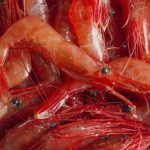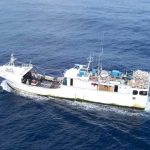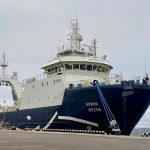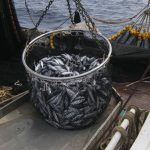It is fact that bluefin tuna industry is the multi-million euro industry and Malta’s role in this cannot be ignored. At ICCAT summit in Morocco the involvement of Malta in the controversy of bluefin tuna has been widely discussed. For long, scientists have warned that the Northern bluefin tuna is being over fished to the brink of total stocks collapse.
The main reason for commercial interest in this fish is the often extraordinary prices it can fetch on the international market. The two main tuna fishing techniques in the Mediterranean are long-line (traditional, used by most Maltese fishermen) and purse-seine nets (industrial, used by the large fleets of Spain, Italy, France, etc.) It is told that the tuna season for purse-seiners is between June and July, while in the case of long-liners fishing is also allowed at other times of the year, which vary from country to country.
Malta rarely, if ever, comes close to exhausting its national quota. In fact, Maltese long-liners (which account for over 95% of the local fleet) last year declared only 143 tonnes – a negligible amount, compared to the much larger quantities declared by purse-seiners. Figures show that Malta currently has eight operational tuna farms for a total declared capacity of 11,500 tonnes – making it by far the largest tuna ranching nation in Europe.
The European Commission is the contracting party to ICCAT, so Malta, as an EU state, is required to submit its data to the Commission on a regular basis. If the tuna is trans-loaded from the original destination via another country, this information also has to be recorded. It is informed that all these documents have to be validated by the Malta Fisheries Control Division, which falls under the Ministry for Resources and Rural Affairs.








